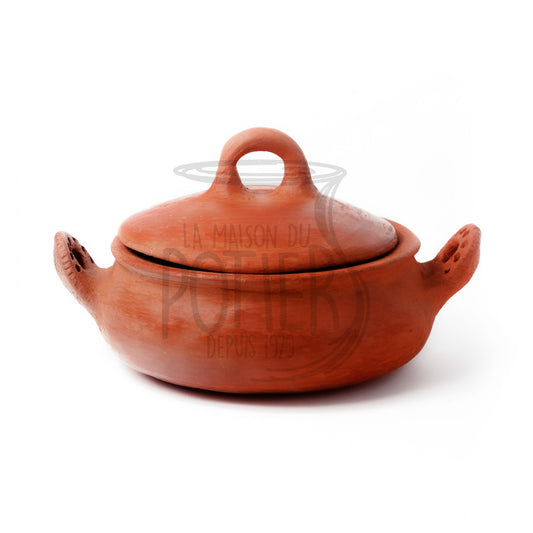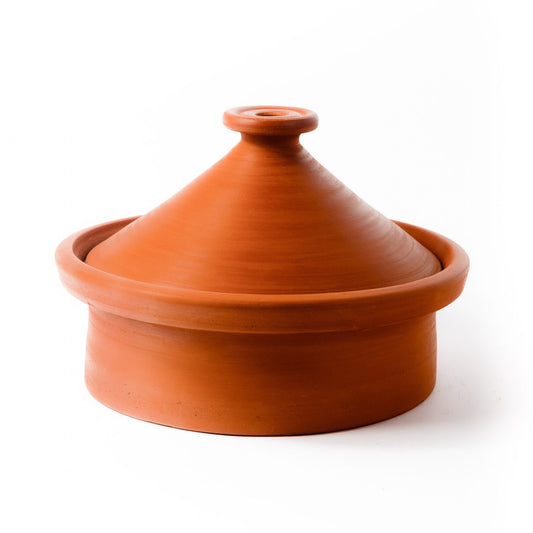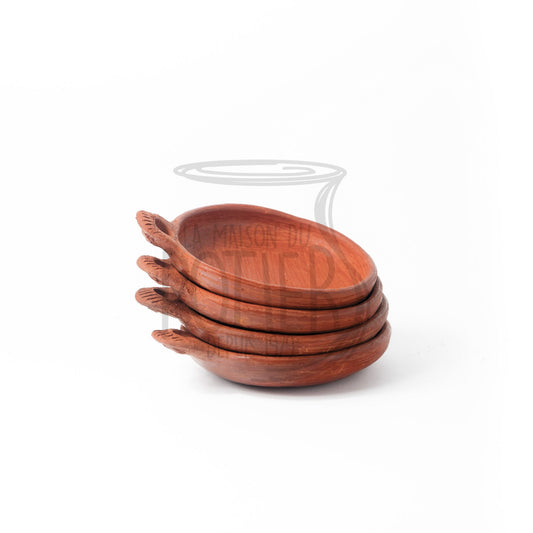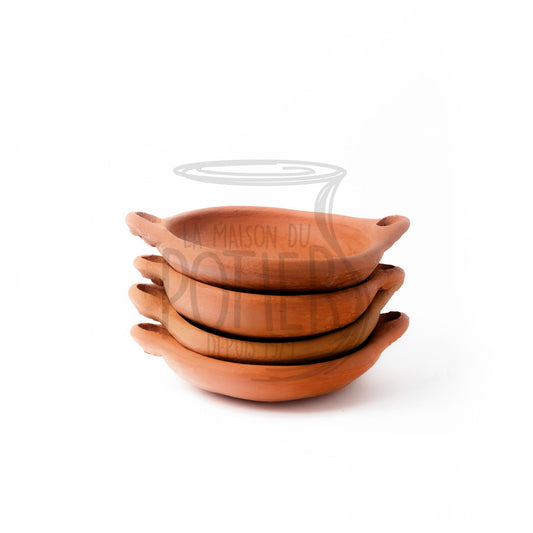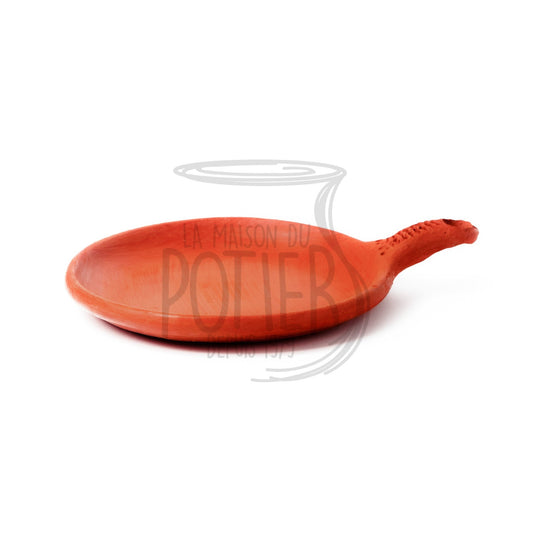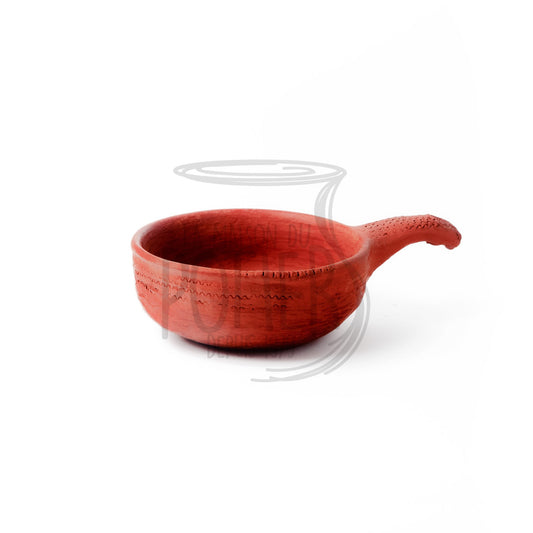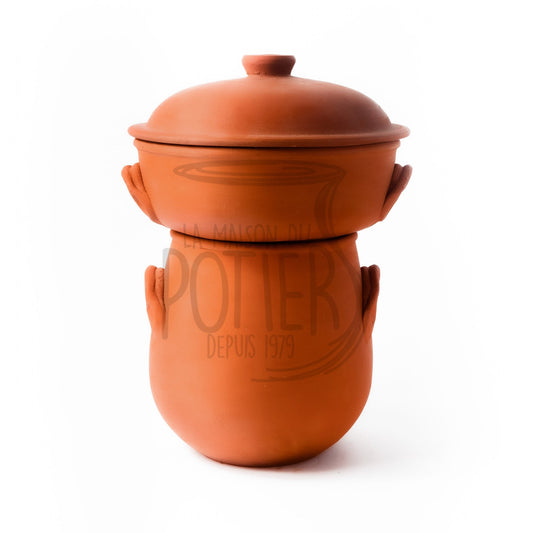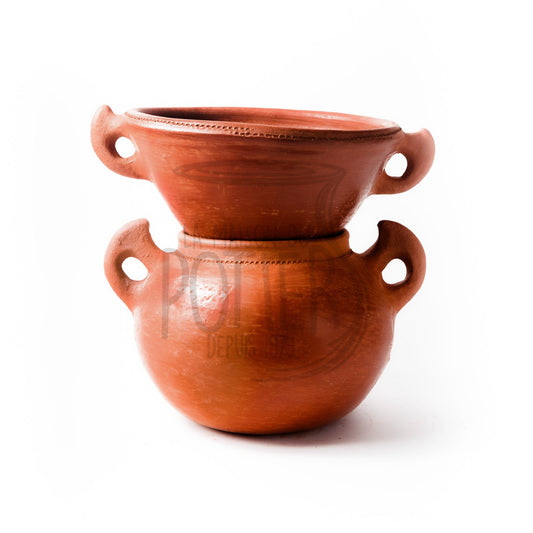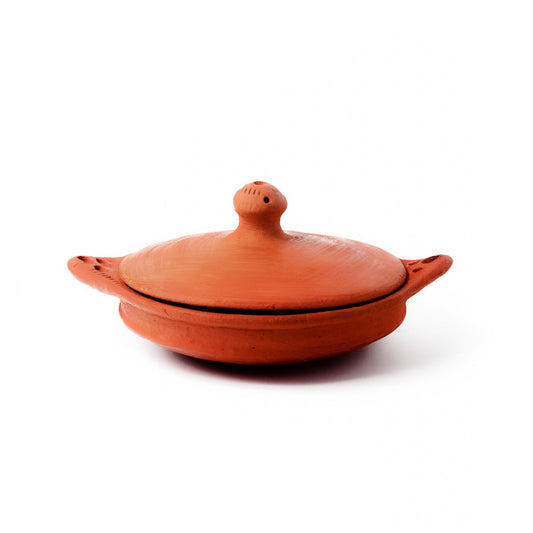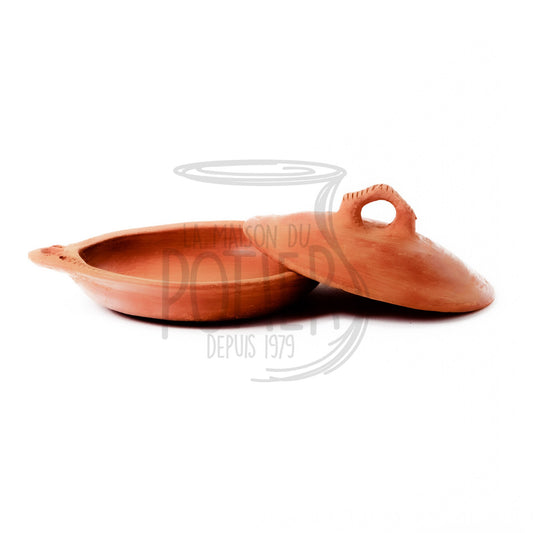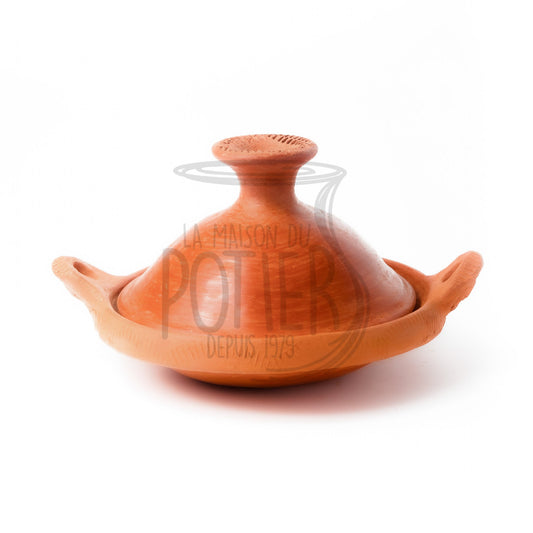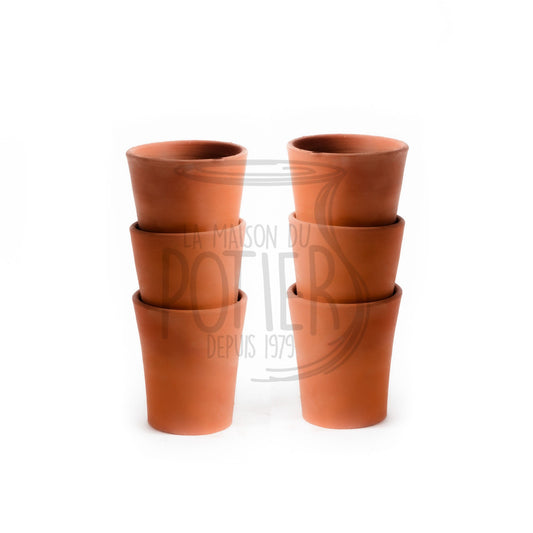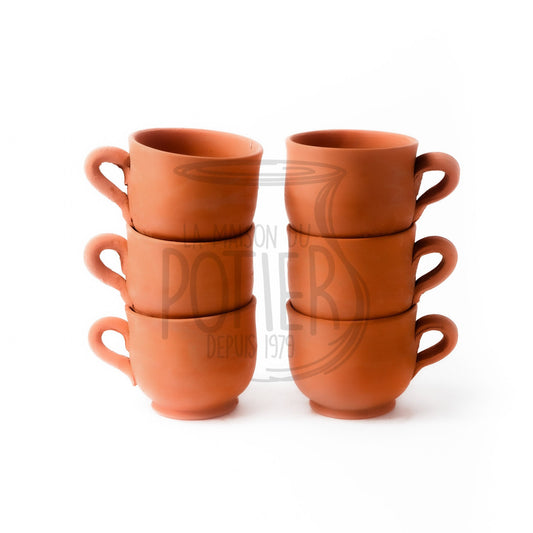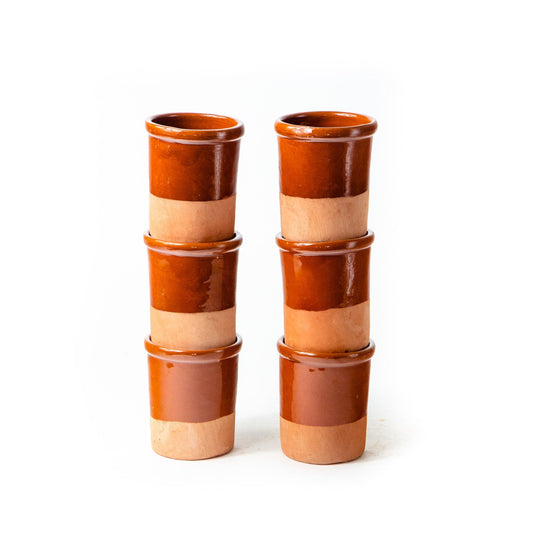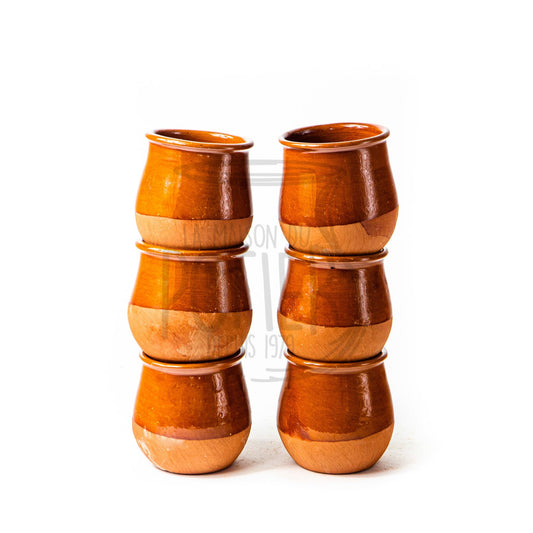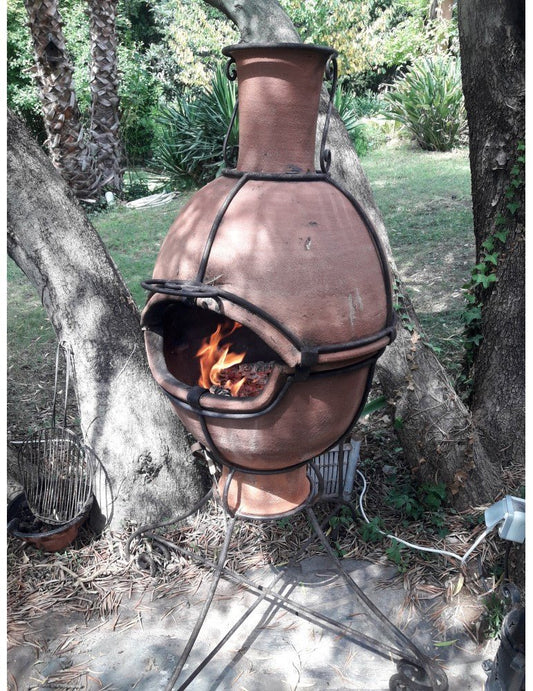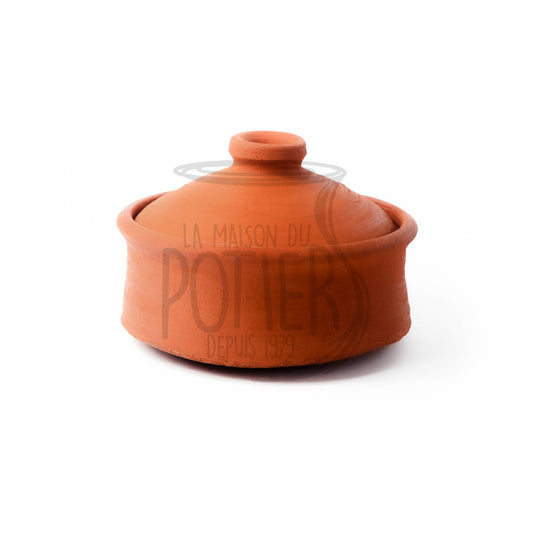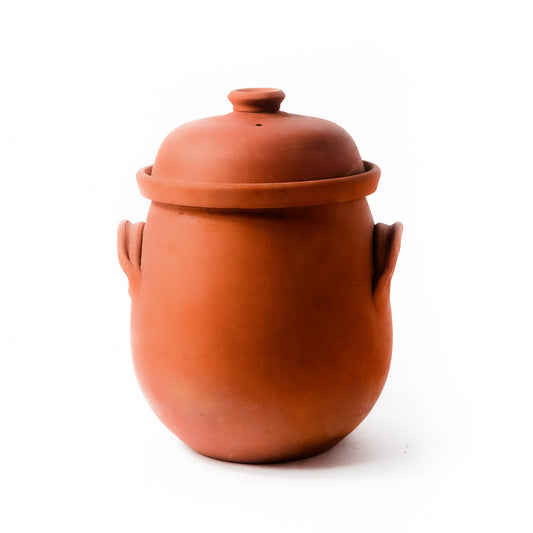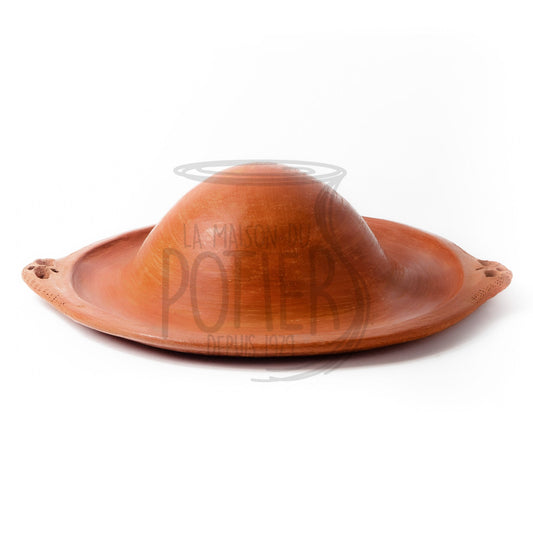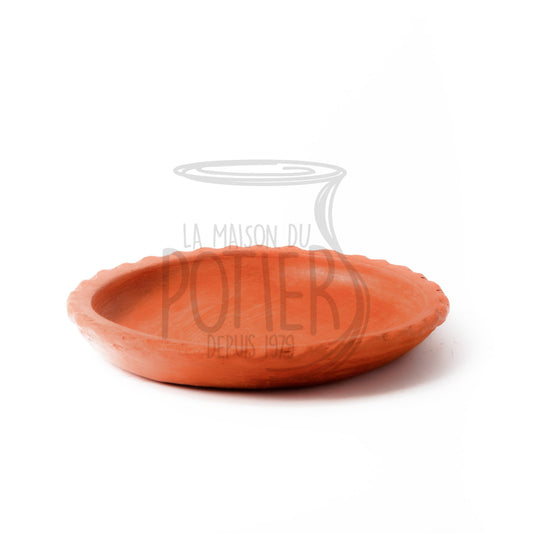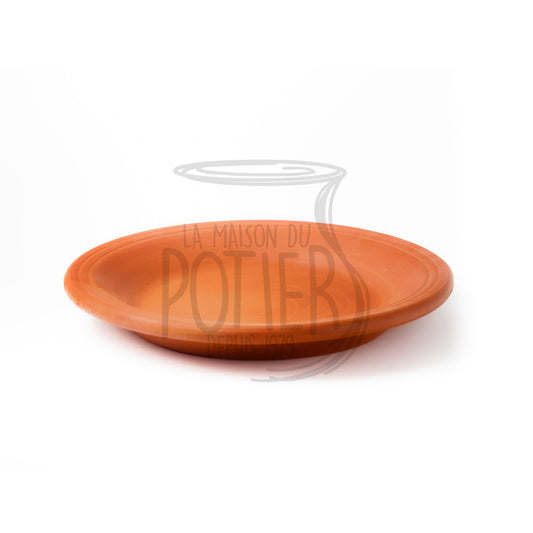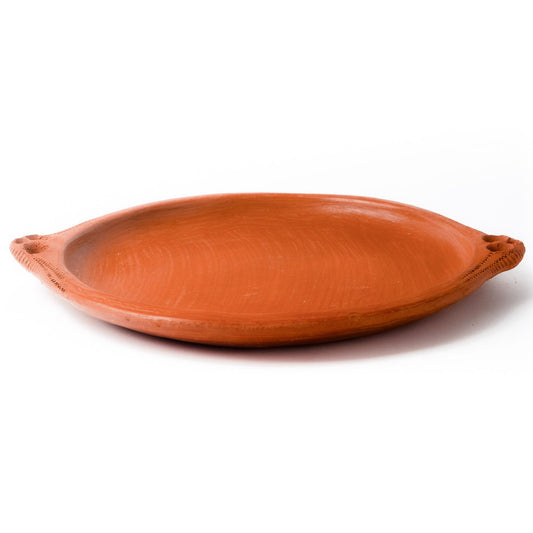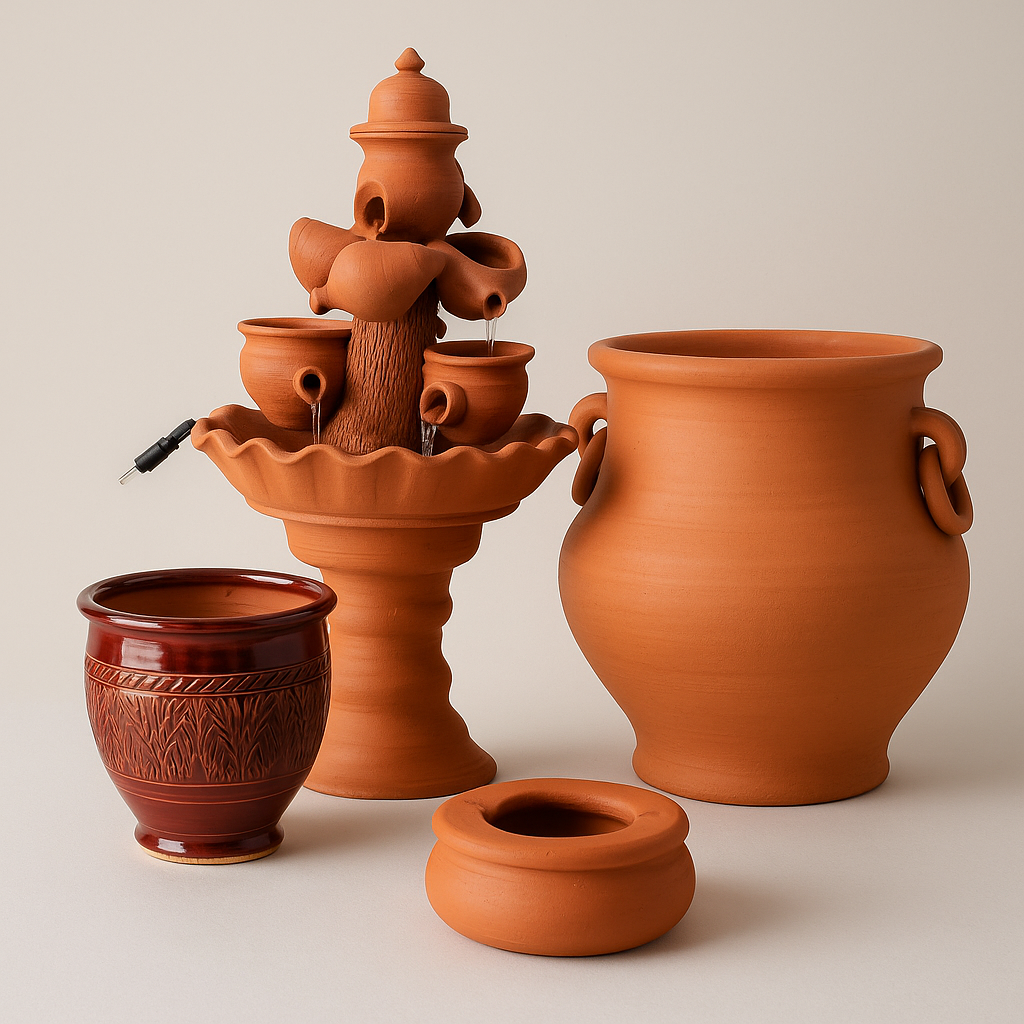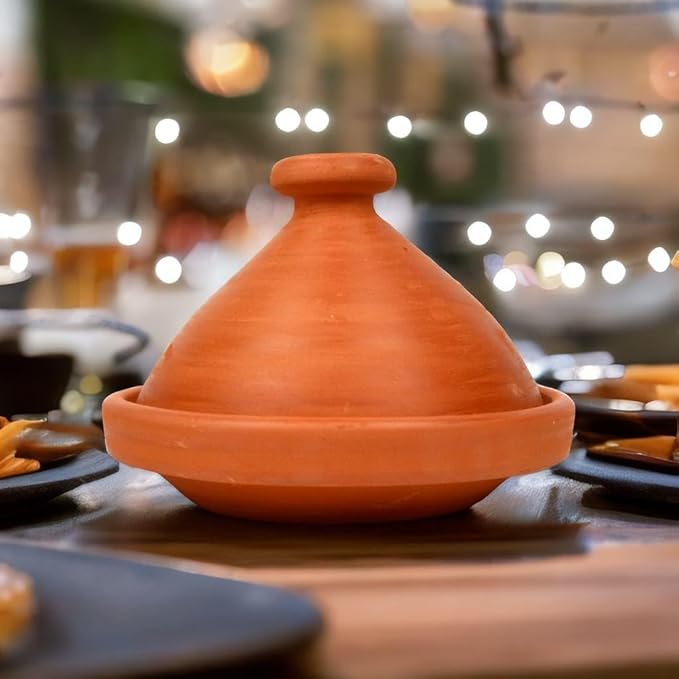
A Complete Guide to Extending the Life of Your Clay Utensils
Share
Introduction: The Art of Preserving Traditional Pottery
Pottery items are more than just cooking utensils—they are culinary treasures that connect us to centuries of traditional craftsmanship. Whether you own a beautiful tagine, a versatile clay pot, or an authentic tanjia, these earthenware pieces require specific care to ensure their longevity and optimal performance. This comprehensive guide will walk you through everything you need to know about maintaining your terracotta utensils, from initial seasoning to daily care and repair techniques.
At La Maison du Potier, we understand the value of these handcrafted pieces. Each item tells a story of artisanal expertise, and with proper care, your pottery can serve you for generations while delivering exceptional cooking results.
1. The Complete Guide to Cleaning Tagines
The tagine is an iconic element of North African cuisine, designed to create tender, flavorful dishes through slow, moist cooking. To preserve this essential cooking vessel:
Gentle Daily Cleaning
After each use, allow your terracotta tagine to cool naturally to room temperature. Never plunge a hot tagine into cold water, as thermal shock can cause cracking. Wash your tagine with a soft sponge, lukewarm water, and a mild, non-abrasive detergent. Avoid harsh chemicals, steel wool, or abrasive cleaners that could damage the porous terracotta surface and strip away the seasoning you've built up over time.
Removing Stubborn Residue
For stuck-on food, soak the tagine in warm water for 15-20 minutes to loosen debris. You can create a gentle cleaning paste using baking soda and water for tougher stains. Apply this mixture with a soft cloth, gently scrubbing in circular motions. Rinse thoroughly to remove all soap residue.
Proper Drying Techniques
After washing, dry your tagine immediately with a clean, soft cloth to prevent water spots and mold formation. Leave it in a well-ventilated area with the lid slightly ajar to ensure complete air circulation and drying. Never store a damp tagine, as moisture can lead to mold growth and unpleasant odors.
Explore our exquisite collection of traditional tagines to find the perfect piece for your kitchen.
2. Essential Maintenance for Clay Pots
Clay pots are beloved for their ability to distribute heat evenly, creating perfectly cooked dishes with enhanced flavors. Here's how to care for these versatile vessels:
Initial Seasoning Process
Before first use, seasoning your clay pot is crucial. This process creates a protective layer that prevents cracking and enhances the pot's non-stick properties. Coat the interior and exterior with a thin layer of olive oil or vegetable oil. Place the pot in a cold oven, then gradually heat to 300°F (150°C). Maintain this temperature for 2-3 hours, then turn off the oven and allow the pot to cool completely inside. This gradual process prevents thermal shock.
Pre-Use Preparation
For optimal results, soak your clay pot in clean water for at least 30 minutes (or up to several hours) before each use. This hydration prevents the clay from absorbing moisture from your food and helps regulate cooking temperature. The water absorbed by the clay will be released as steam during cooking, keeping your dishes moist and flavorful.
Cooking Best Practices
Always place your clay pot in a cold oven and allow it to heat gradually with the oven. Never place a clay pot on direct stovetop heat unless it's specifically designed for that purpose. Use low to medium heat settings to prevent cracking. When cooking is complete, allow the pot to cool naturally before washing.
Long-Term Care
Re-season your clay pot every few months or whenever you notice food beginning to stick. Store in a dry, cool place with adequate air circulation. If you notice any odors developing, fill the pot with water and baking soda solution (2 tablespoons per quart of water) and let it soak overnight.
3. Caring for Clay Stoves and Pans
Clay pans and stoves require special attention to maintain their exceptional cooking performance:
Gradual Temperature Control
The golden rule for clay cookware is gradual heating. Start with low heat and slowly increase the temperature over 5-10 minutes. This allows the clay to expand evenly and prevents thermal shock that causes cracking. Similarly, when cooking is complete, reduce heat gradually rather than removing the pan immediately from the heat source.
Flame Distribution
When using clay pans on a stovetop, ensure the flame or heating element doesn't extend beyond the base of the pan. Use a heat diffuser if necessary to distribute heat evenly and protect the clay from concentrated hot spots.
Cleaning and Maintenance
Clean clay pans while still slightly warm (not hot) using warm water and a soft brush. Avoid sudden temperature changes. For burnt-on food, create a paste of baking soda and water, apply to the affected area, let sit for 30 minutes, then gently scrub and rinse.
Storage Solutions
Store clay pans in a dry location with good air circulation. Avoid stacking heavy items on top of clay cookware, as this can cause stress fractures. If you must stack, place soft cloth or paper towels between pieces to cushion and protect them.
Browse our selection of premium clay cookware designed for modern kitchens.
4. Maintaining Pottery Kitchen Accessories
Terracotta kitchen accessories—from serving dishes to utensil holders—add authentic charm to your culinary space while requiring thoughtful care:
Hand Washing Protocol
Always hand wash pottery accessories with warm water and mild dish soap. The high heat and harsh detergents in dishwashers can damage the clay's structure, cause discoloration, and strip away protective seasoning. Use a soft sponge or cloth to clean all surfaces gently.
Stain Prevention and Removal
Terracotta is naturally porous and can absorb colors from foods like tomato sauce, turmeric, or beets. To minimize staining, rinse accessories immediately after use. For existing stains, create a paste with baking soda and lemon juice, apply to stained areas, let sit for 15-20 minutes, then rinse thoroughly.
Moisture Management
After washing, dry accessories completely with a clean towel, then allow them to air dry for several hours before storing. This prevents mold growth and musty odors. Store in a dry cabinet or open shelf where air can circulate freely.
Seasonal Deep Cleaning
Every few months, give your pottery accessories a deep clean by soaking them in a solution of warm water and white vinegar (1 part vinegar to 3 parts water) for 30 minutes. This removes built-up residue and refreshes the clay. Rinse thoroughly and dry completely.
Discover our beautiful range of terracotta accessories to complete your kitchen collection.
5. Professional Repair Techniques for Pottery Articles
Even with careful maintenance, pottery items may develop cracks or chips over time. Here's how to restore them:
Assessing the Damage
First, determine whether the damage is superficial (surface cracks or small chips) or structural (deep cracks or breaks). Superficial damage can often be repaired at home, while structural damage may require professional restoration or replacement.
Repairing Minor Cracks
For hairline cracks that don't go all the way through the clay, clean the area thoroughly and allow it to dry completely. Apply food-safe ceramic adhesive or epoxy specifically designed for pottery repair. Follow the manufacturer's instructions carefully, typically applying thin layers and allowing adequate drying time between applications. Some cracks can also be filled with a mixture of clay powder and water to create a paste that blends with the original material.
Fixing Chips and Breaks
For broken pieces, clean both surfaces thoroughly, removing any food residue or oils. Apply food-safe ceramic glue to both surfaces and press firmly together. Use tape or clamps to hold pieces in place while the adhesive cures (usually 24-48 hours). Once dry, you can smooth any excess glue with fine sandpaper.
Re-Seasoning After Repair
After any repair, re-season the entire piece following the initial seasoning process. This helps seal the repair and restore the pot's cooking properties. Note that repaired pieces may not be as strong as the original and should be handled with extra care.
When to Replace
If a piece has multiple cracks, large breaks, or damage that affects its structural integrity, it's safer to replace it rather than risk it breaking during cooking. A compromised pot can fail unexpectedly, potentially ruining your meal or causing injury.
6. Preparation and Conditioning of Ceramic Containers
Ceramic containers, including tanjias and specialized cooking vessels, require specific preparation for optimal performance:
First-Time Seasoning Ritual
New ceramic containers benefit from a thorough seasoning process. Submerge the entire container in water overnight (12-24 hours). Remove and dry the exterior while keeping the interior damp. Rub the interior with olive oil, then fill with water and place in a cold oven. Heat gradually to 250°F (120°C) and maintain for 2 hours. Cool completely in the oven before removing.
Regular Conditioning
Every 3-4 months, recondition your ceramic containers by soaking them in water for several hours, then coating the interior with oil and heating gently. This maintains the clay's moisture balance and prevents brittleness.
Temperature Adaptation
Ceramic containers perform best when they adapt gradually to temperature changes. Before cooking, bring the container to room temperature if it's been stored in a cool place. After cooking, allow it to cool naturally rather than placing it on a cold surface or in a refrigerator.
Storage Recommendations
Store ceramic containers in a climate-controlled environment, avoiding areas with extreme temperature fluctuations like garages or outdoor sheds. Wrap in soft cloth if stacking is necessary. Ensure containers are completely dry before long-term storage to prevent mold.
Explore our authentic tanjia collection for traditional Moroccan cooking experiences.
7. Advanced Tips for Pottery Longevity
Understanding Clay Types
Different types of clay (terracotta, stoneware, earthenware) have varying porosity and heat tolerance. Terracotta is more porous and requires more frequent seasoning, while stoneware is denser and more durable. Understanding your pottery's clay type helps you provide appropriate care.
Water Quality Matters
Hard water can leave mineral deposits on pottery over time. If you have hard water, occasionally clean your pottery with a vinegar solution to remove buildup. Rinse thoroughly afterward to eliminate any vinegar taste.
Avoiding Common Mistakes
Never use metal utensils that can scratch or chip the clay surface. Avoid cooking highly acidic foods (like tomato-based dishes) in newly seasoned pots, as acids can strip the seasoning. Don't use pottery with visible cracks for cooking, as bacteria can harbor in the crevices.
Enhancing Flavor Development
Well-maintained pottery develops a patina over time that enhances flavor. This seasoned layer is valuable—don't scrub it away with aggressive cleaning. The natural oils and flavors absorbed by the clay contribute to the unique taste of dishes cooked in well-used pottery.
Conclusion: Preserving Tradition Through Proper Care
Caring for your pottery utensils is an investment in both culinary excellence and cultural heritage. These handcrafted pieces from La Maison du Potier represent centuries of artisanal tradition, and with proper maintenance, they will serve you faithfully for years to come.
Remember the key principles: gradual temperature changes, gentle cleaning, thorough drying, regular seasoning, and proper storage. By following these guidelines, you'll not only extend the life of your pottery but also enhance its cooking performance, creating more flavorful and authentic dishes.
Whether you're preparing a traditional tagine, slow-cooking in a clay pot, or serving in beautiful terracotta dishes, your well-maintained pottery connects you to a rich culinary tradition. Treat these pieces with care, and they'll reward you with exceptional cooking results and lasting beauty.
Visit our complete collection at La Maison du Potier to discover more authentic pottery pieces for your kitchen, and don't hesitate to contact us for personalized advice on caring for your specific items.


